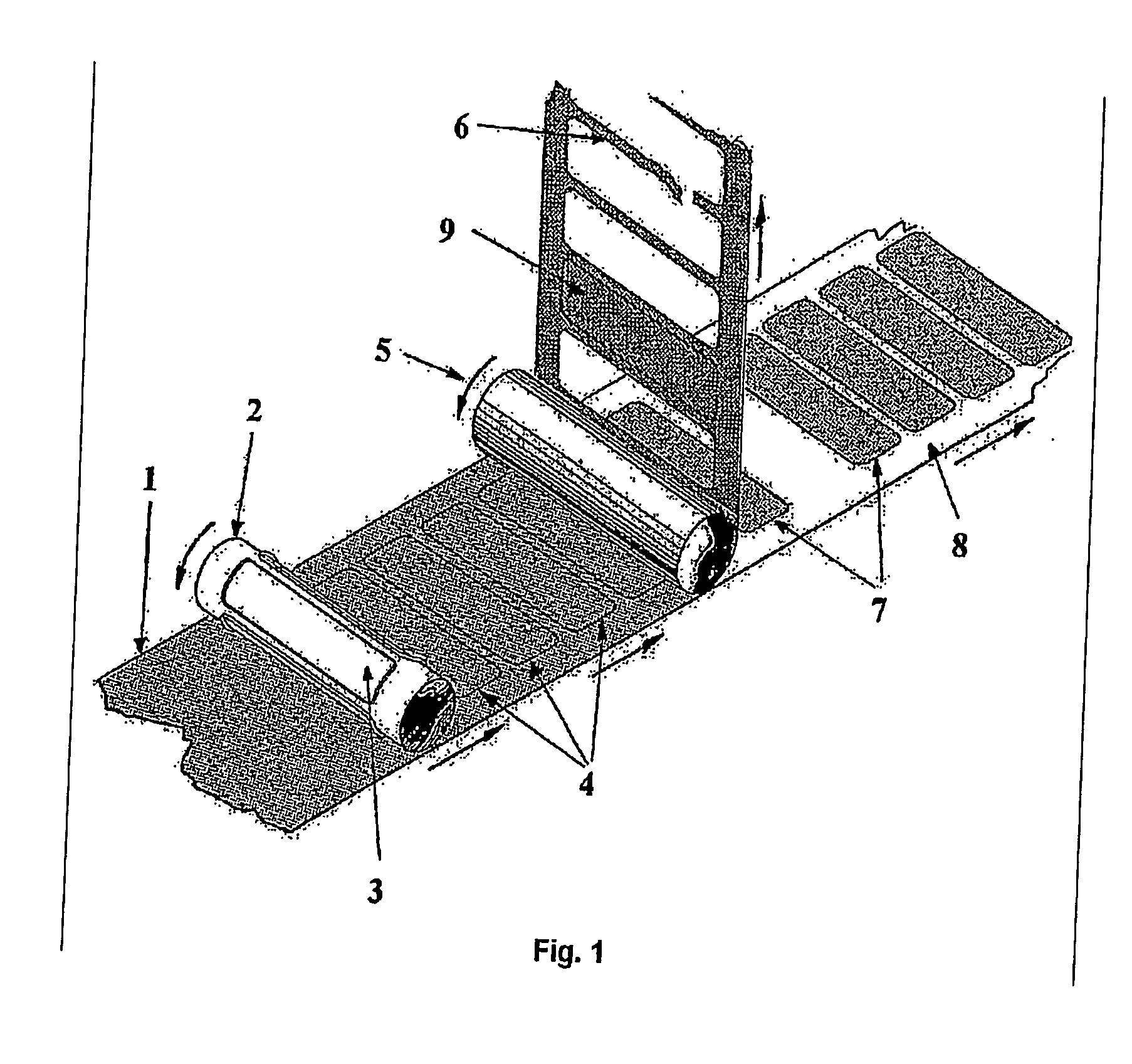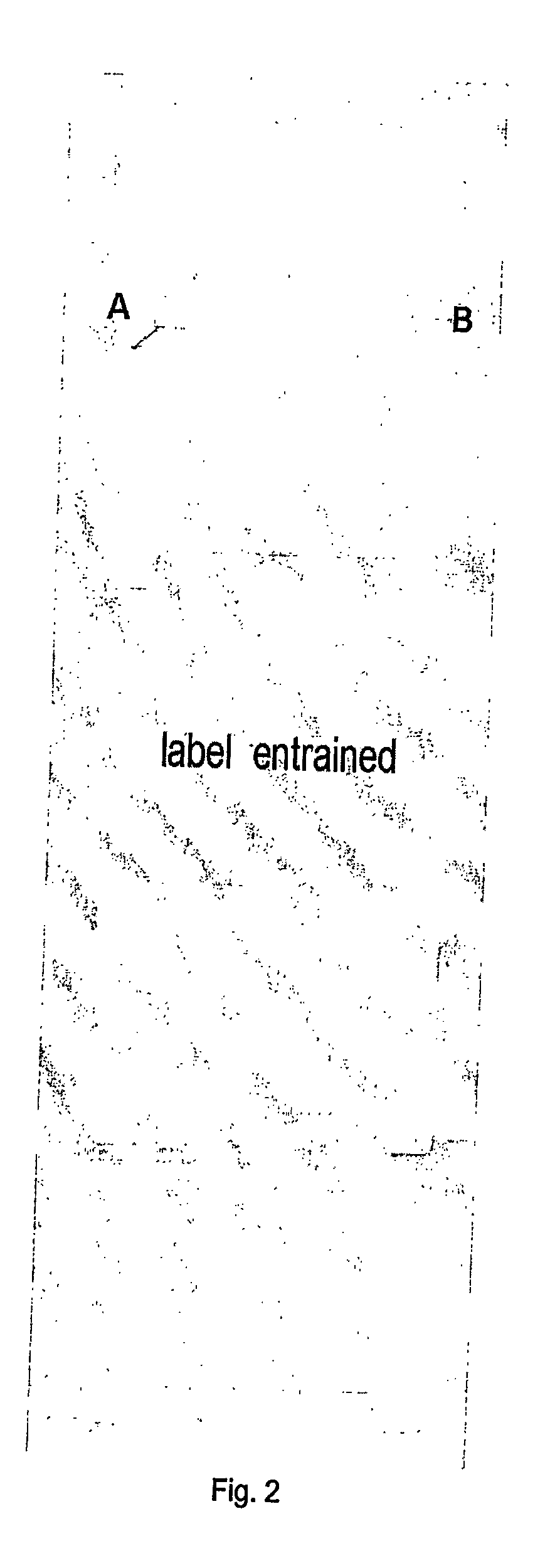Label stock with improved die-cutting performance
a technology of die-cutting performance and label stock, which is applied in the direction of film/foil adhesives, identification means, instruments, etc., can solve the problems of affecting the precise and clean penetration of dies, affecting and the adhesive layer is an important limiting factor in the ease and cost of conversion
- Summary
- Abstract
- Description
- Claims
- Application Information
AI Technical Summary
Problems solved by technology
Method used
Image
Examples
examples
[0050] A number of different block copolymers and tackifying resins were used in combination with oil as plasticizer and antioxidant to make adhesive formulations for testing herein. The materials which were used in these experiments are listed in Table 1. PICCOTAC™ 1094-E resin is an aliphatic hydrocarbon resin and WINGTACK™ 86 resin has been defined herein before. The resins were used in an amount of 150 parts by weight on 100 parts by weight of the mixture of components (a) and (b) in both compositions. EDELEX™ 956, a naphthenic mineral oil, was used as plasticizer in both compositions, in an amount of 40 parts by weight. Finally, the formulation comprised 3 parts by weight of IRGANOX™ 1010 as antioxidant.
[0051] The tensile, adhesive, and process properties of these formulations were measured. [0052] 180° peel adhesion (PA) was determined by Pressure Sensitive Tape Council Method No. 1. Large numbers indicate high strength when peeling a test tape from a steel substrate. The abb...
PUM
| Property | Measurement | Unit |
|---|---|---|
| Fraction | aaaaa | aaaaa |
| Percent by mass | aaaaa | aaaaa |
| Percent by mass | aaaaa | aaaaa |
Abstract
Description
Claims
Application Information
 Login to View More
Login to View More - R&D Engineer
- R&D Manager
- IP Professional
- Industry Leading Data Capabilities
- Powerful AI technology
- Patent DNA Extraction
Browse by: Latest US Patents, China's latest patents, Technical Efficacy Thesaurus, Application Domain, Technology Topic, Popular Technical Reports.
© 2024 PatSnap. All rights reserved.Legal|Privacy policy|Modern Slavery Act Transparency Statement|Sitemap|About US| Contact US: help@patsnap.com










